Jonny Dumpling (쟈니덤플링)
7.5Km 2021-03-29
5, Bogwang-ro 59-gil, Yongsan-gu, Seoul
+82-2-790-8830
It is a restaurant famous for its half-moon-shaped grilled dumplings. The best menu at this restaurant is pan-fried dumpling. This Korean dishes restaurant is located in Yongsan-gu, Seoul.
Beer Ok (비어오크)
7.5Km 2021-03-29
151, Daehak-ro, Jongno-gu, Seoul
+82-2-745-0087
It's near the university, so it's a place frequented by many young people. This Korean dishes restaurant is located in Jongno-gu, Seoul. The representative menu is rotisserie chicken.
Gwangmyeong Susan (광명수산)
7.5Km 2021-03-18
7, Gyeongin-ro 59-gil, Guro-gu, Seoul
+82-2-2675-5795
Well-known for fresh raw fish slices. The representative menu is spicy fish stew. This is a Korean cuisine located in Guro-gu, Seoul.
Bultaneun Gopchang (불타는곱창)
7.5Km 2021-07-20
8, Jong-ro 35-gil, Jongno-gu, Seoul
+82-2-3672-4885
This Korean cuisine is located near Jongno 5(o)ga Station, Seoul. The representative menu is assorted pork intestines/assorted beef intestines. A restaurant specializing in Korean-style grilled intestines.
Nodaji Pumba(노다지품바)
7.5Km 2020-12-18
40 Jong-ro 35-gil Jongno-gu Seoul
+82-2-764-5814
You can enjoy egg cockle shabu-shabu. This Korean dishes restaurant is located in Jongno-gu, Seoul. The most famous menu is shabu-shabu.
Grand Hyatt Seoul (그랜드 하얏트 서울)
7.5Km 2021-02-27
322, Sowol-ro, Yongsan-gu, Seoul
+82-2-797-1234
The Grand Hyatt Seoul is an international business hotel located 10 minutes away from the center of the city and 20 minutes away from Yeouido and Gangnam, boasting a view of the Hangang River to the south and the scenery of Namsan Mountain to the north. It is also located only 70 minutes and 50 minutes away from Incheon International Airport and Gimpo International Airport respecitvely, making the hotel a convenient option for international travelers.
Grand Hyatt Seoul has twelve restaurants and bars that serve authentic meals and develop menus that lead the culinery trend. The hotel is also equipped with conference rooms, sports facilities, and spa services.
Parque Marronnier (마로니에공원)
7.5Km 2021-07-07
Daehak-ro 104, Jongno-gu, Seúl.
El parque Marronnier tiene en su centro un árbol “marronnier” (castaño de Indias –Aesculus-) simbólico, y en el área se congregan toda clase de centros de eventos culturales al aire libre, exhibiciones de escultura y centros de arte. El área comenzó a desarrollarse en 1975, cuando la Universidad Nacional de Seúl fue trasladada aquí, y unos 50 teatros pequeños y 500 cafés concentrados en el área hicieron a este lugar un sitio de reunión y relajación enormemente querido por los jóvenes y ancianos por igual. El parque se vuelve especialmente concurrido los fines de semana, cuando las multitudes se congregan para compartir los eventos culturales. Las bandas y los cantantes, así como los grupos de baile y los comediantes se reúnen y dan actuaciones in situ. Los adivinos y los artistas callejeros también se hallan aquí y le dicen su fortuna o le dibujan retratos. El parque tiene muchos árboles y bancos para sentarse y relajarse, convirtiéndolo en el lugar ideal para la relajación y los paseos pausados. El parque Marronnier es una parte de Daehangno, la famosa calle conocida como la “meca de las obras”. Además de las obras, aquí hay muchas actuaciones culturales y restaurantes interesantes y cafés que hacen de este lugar el destino habitual de reunión favorito de muchos jóvenes.
Paju Gamaksan - Daehangro Branch (파주감악산 대학로)
7.5Km 2021-03-19
4, Daehak-ro 12-gil, Jongno-gu, Seoul
+82-2-747-7274
A meat restaurant that is the ideal meeting place. The most famous menu is grilled Korean beef sirloin. A barbecue specialty restaurant located in Daehak-ro, Seoul.
THE HALAL GUYS - Itaewon Branch (할랄가이즈 이태원)
7.5Km 2021-03-30
187, Itaewon-ro, Yongsan-gu, Seoul
+82-2-794-8308
As a place that sells American Halal foods, it is recognized even in Itaewon, where there are many foreigners. This Western dishes restaurant is located in Yongsan-gu, Seoul. The most famous menu is sandwich.
Parque Jangchungdan (장충단공원)
7.6Km 2021-07-02
Dongho-ro 261, Jung-gu, Seúl
En noviembre de 1900, el emperador Gojong levanta un pequeño santuario (en el actual territorio donde se encuentra el Hotel Shilla) en memoria de los soldados que lucharon por la protección de la emperatriz Myeongseong (la emperatriz luego muere a manos de mercenarios japoneses). Durante la Guerra de Corea (1950-1953), el lugar fue destruido y solo pudo salvarse una lápida, que fue llevada hasta el parque en 1969.
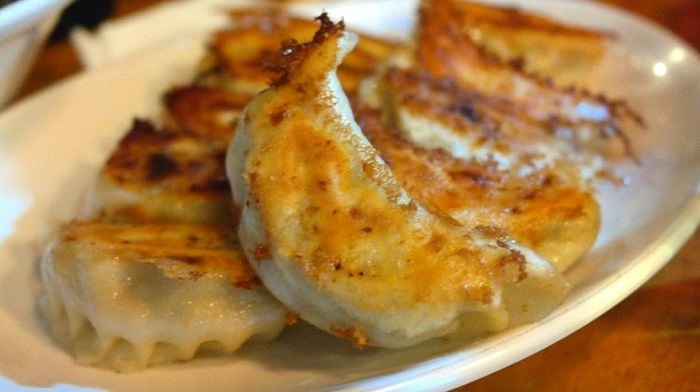
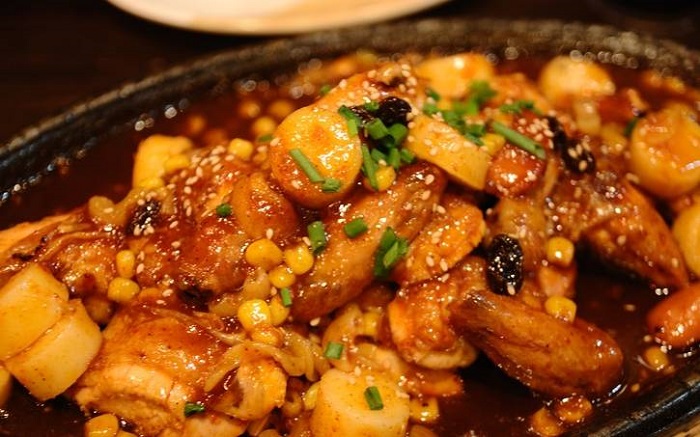
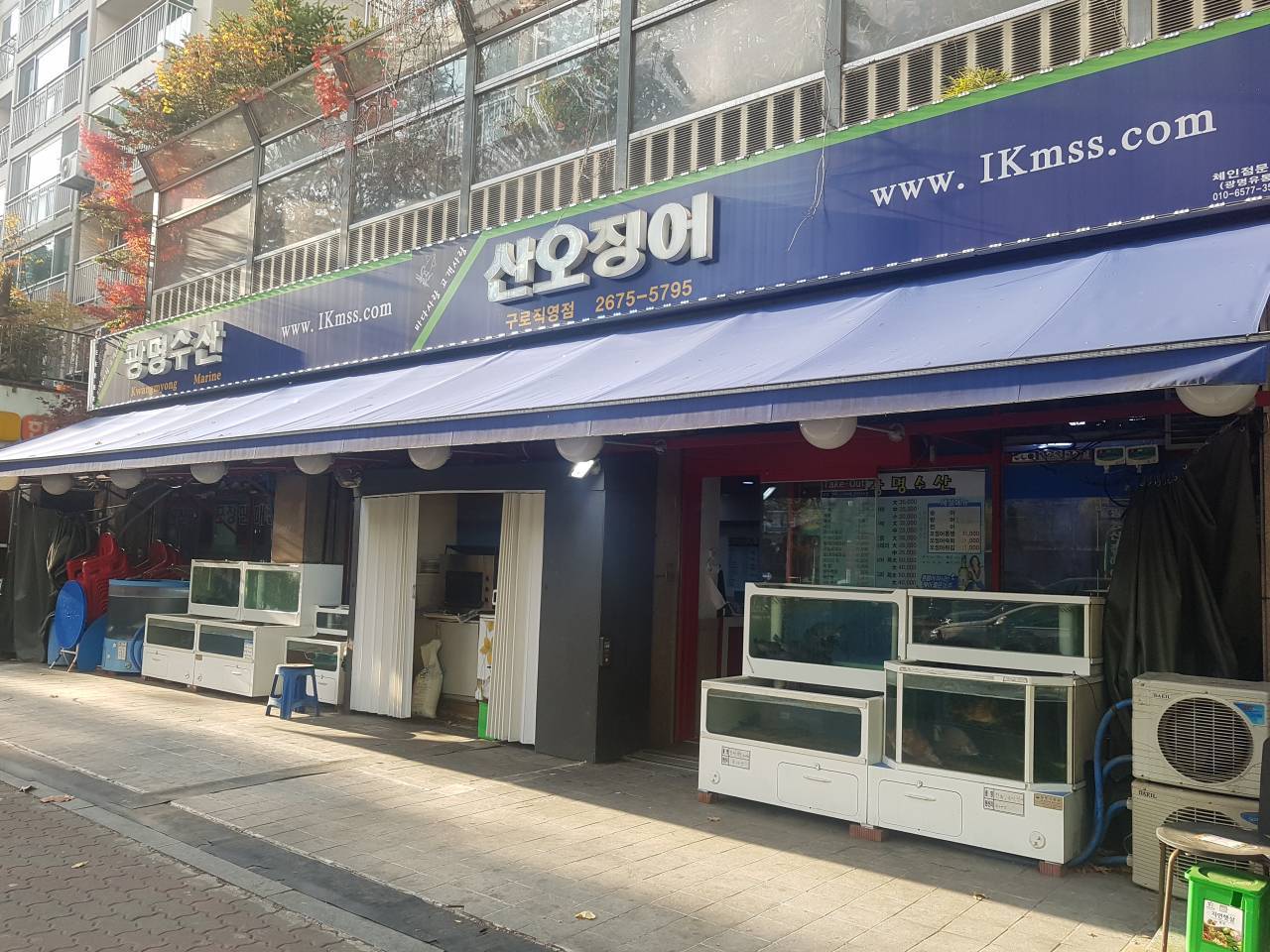
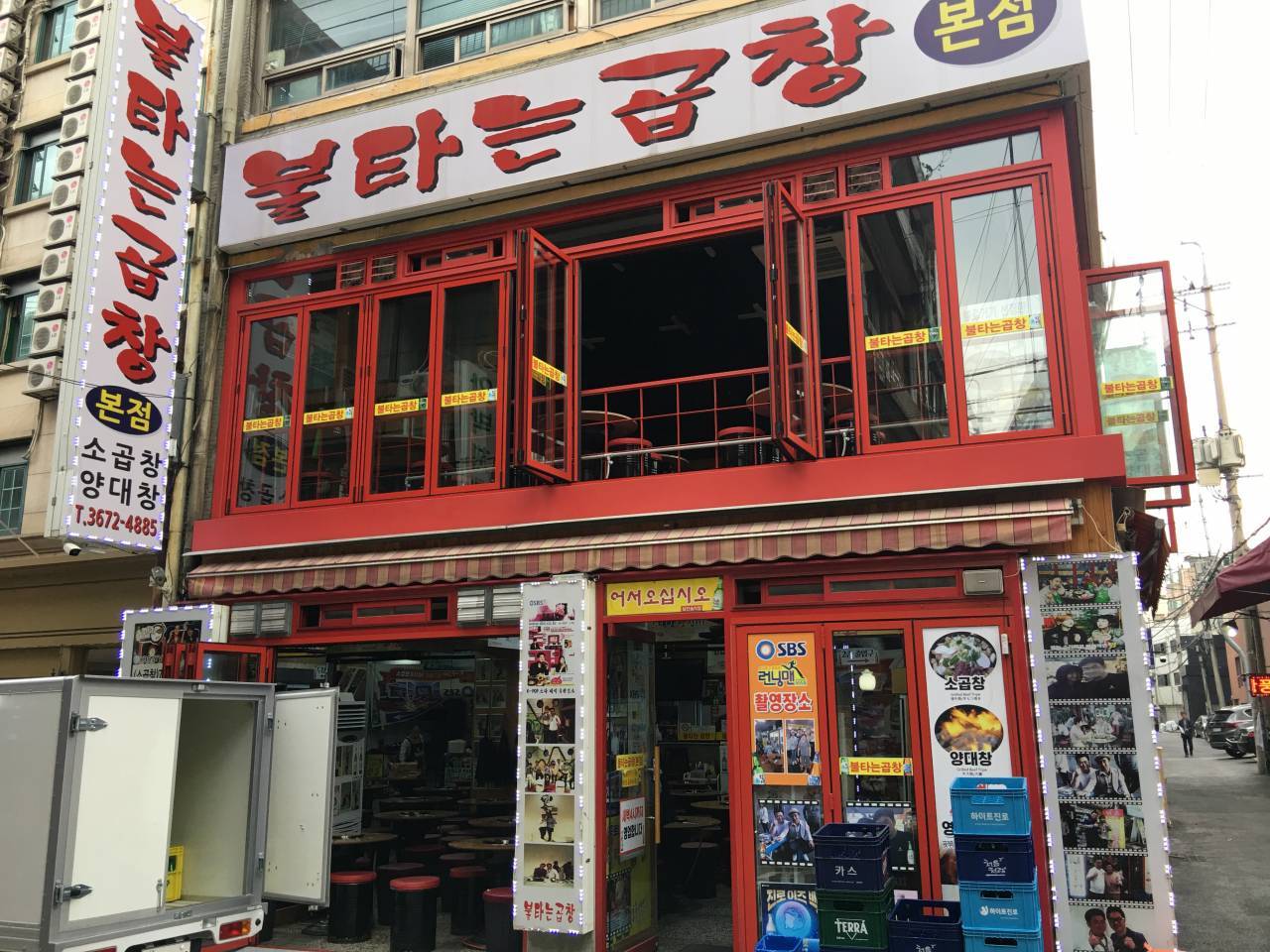
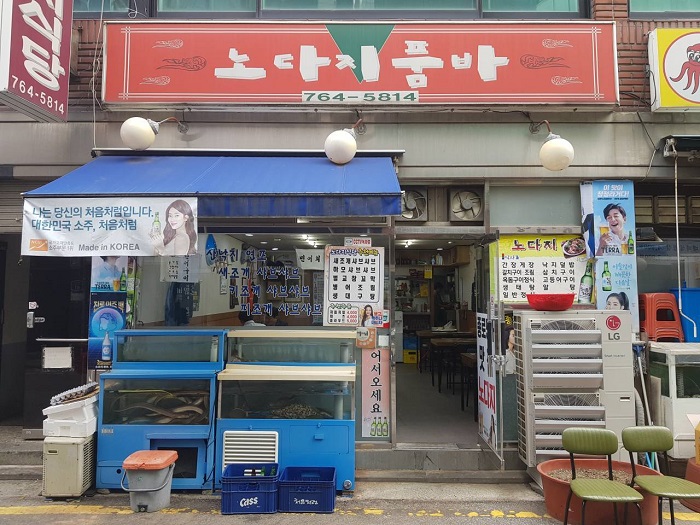

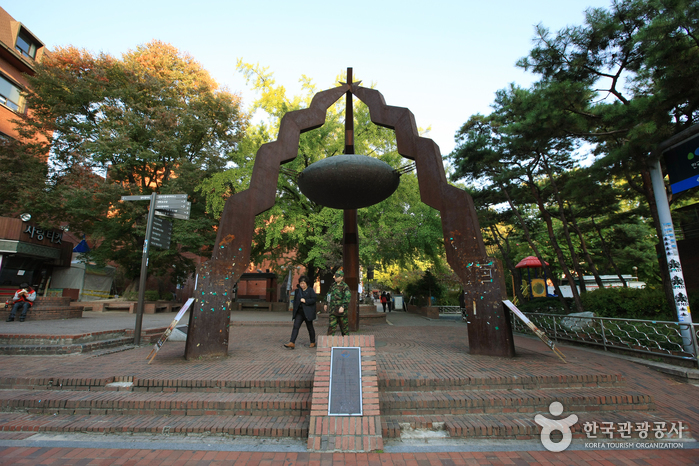
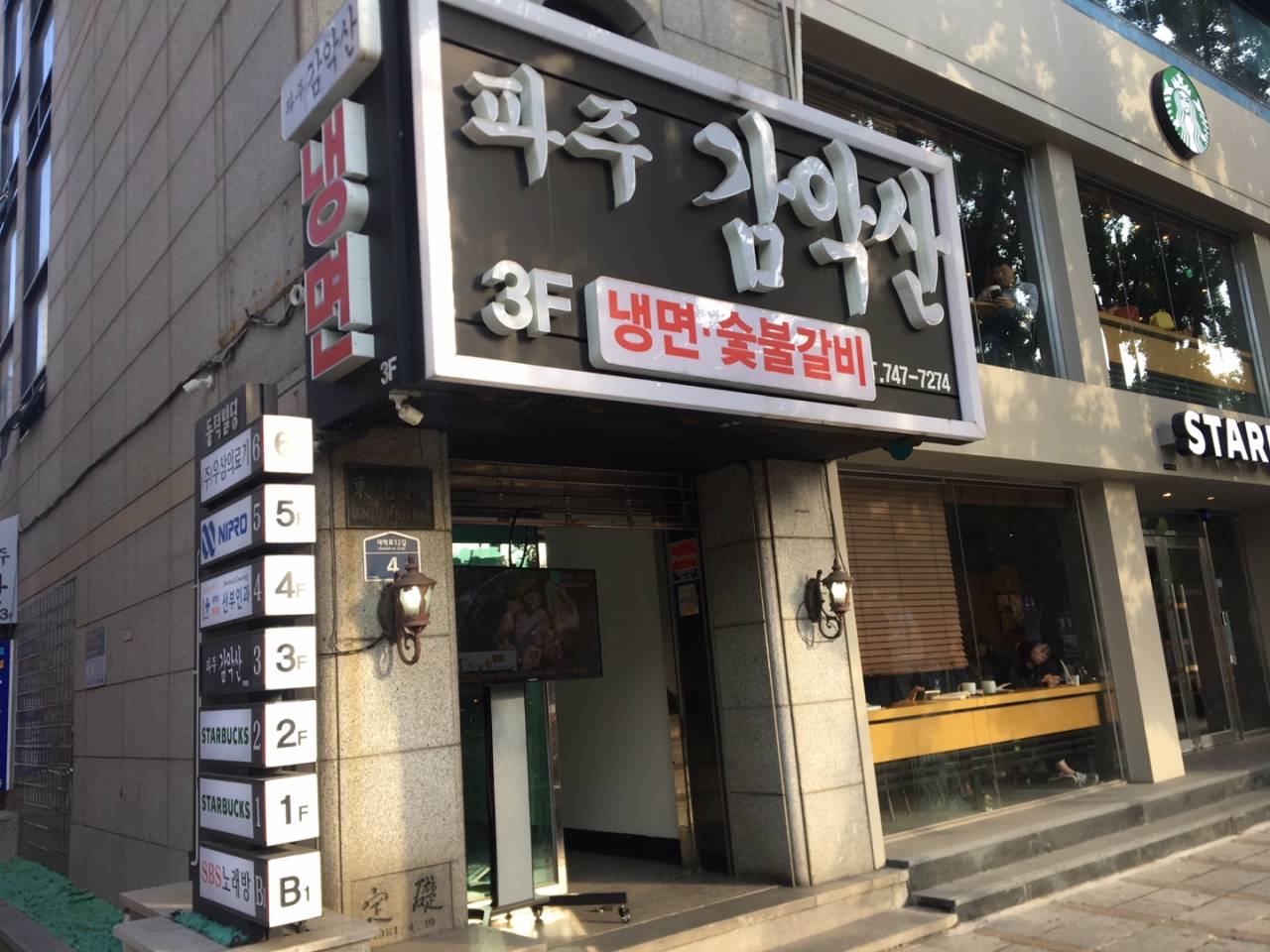
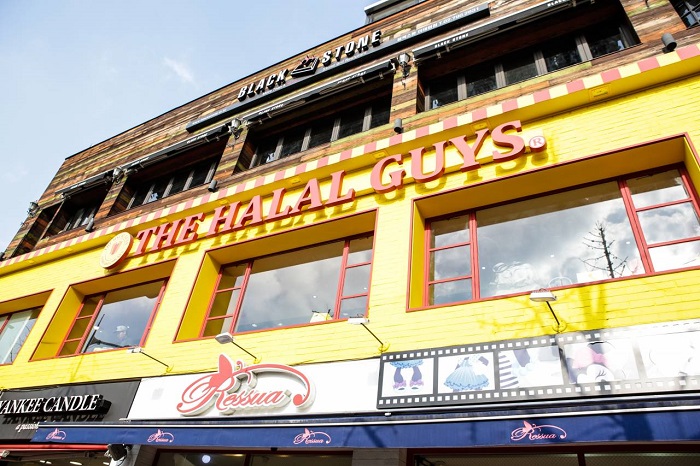

 Español
Español
 한국어
한국어 English
English 日本語
日本語 中文(简体)
中文(简体) Deutsch
Deutsch Français
Français Русский
Русский